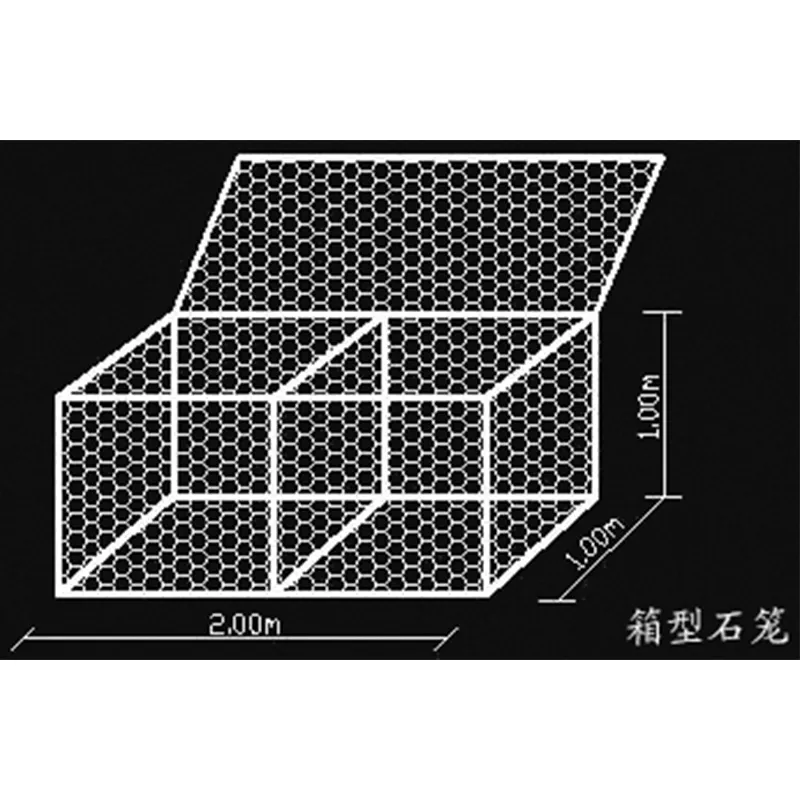11 月 . 01, 2024 17:03 Back to list
The Evolution and Impact of Contemporary Barbed Wire Designs and Their Uses
The Evolution of Modern Barbed Wire
Barbed wire, a staple of agricultural and military fencing, has evolved remarkably since its inception in the late 19th century. Initially developed to aid in the management of livestock, its applications have expanded significantly, making it a crucial element in various fields ranging from agriculture to security.
The origins of barbed wire can be traced back to 1867 when Lucien B. Smith patented the first version. However, it wasn't until Joseph Glidden introduced a more effective design in 1874 that barbed wire began to gain traction. Glidden's version featured sharp barbs spaced evenly along a wire strand, making it an effective deterrent for livestock and a solution to the conflicts that arose from free-ranging cattle. This innovation not only transformed farming practices but also contributed to the development of the American West, where ranchers sought to establish boundaries and protect their land from wandering herds.
As the demand for fencing solutions grew, barbed wire manufacturers proliferated, leading to the emergence of various designs and materials. The late 19th and early 20th centuries saw an explosion of creativity, as wire was produced in different strengths, coatings, and configurations. This diversification allowed for tailored solutions that catered to specific needs, from the simple containment of farm animals to the robust defenses required in military applications.
modern barbed wire

In the 20th century, barbed wire took on new roles amid global conflicts. During World War I and World War II, it became an essential component of military fortifications, used to protect trenches and strategic positions. Its menacing appearance and effectiveness in creating barriers made it a symbol of both defense and division. This duality of purpose continued into the Cold War era, as barbed wire was employed to demarcate territories and enforce borders, notably seen in the division between East and West Berlin.
Today, modern barbed wire is engineered to meet a variety of advanced needs. Innovations in material science and technology have resulted in products that are more durable and resistant to weathering, rust, and corrosion. Furthermore, the introduction of electrified barbed wire has enhanced security measures for high-risk areas, including prisons and military installations. This technological evolution underscores its importance in contemporary society, where safety and security are paramount.
Moreover, barbed wire has also found its way into discussions about ethics and aesthetics. Its use in certain contexts raises questions about the implications of barriers and the symbolic meanings of division in society. Artists and activists have grappled with these themes, expressing the complex relationship humans have with borders and boundaries through various mediums.
In conclusion, the evolution of modern barbed wire reflects a journey from a practical agricultural tool to a multifaceted symbol of protection, division, and technological progress. Its continued relevance in diverse applications challenges us to think critically about the implications of barriers in our world, making it more than just a utilitarian invention, but a conversation starter about the nature of boundaries in human experience.
-
Secure Your Roof with Quality Roofing Nails
NewsNov.04,2024
-
Secure Your Property with Quality Field Fencing
NewsNov.04,2024
-
Enhance Your Space with Quality Mesh Fencing
NewsNov.04,2024
-
Discover the Versatility of Iron Wire for Your Projects
NewsNov.04,2024
-
Discover the Versatility of Common Nails for Your Projects
NewsNov.04,2024
-
Discover Quality Hydraulic Fittings for Your Applications
NewsNov.04,2024









